An oven is an essential, and expensive, investment in any kitchen, and there is a lot to take into consideration before buying a new one.
So before you rush out to your local appliance store, you need to know your cooking requirements and be able to articulate them into the type of oven you’re looking for. Do you want electric or gas, an induction or standard hob, or a convection or conventional oven? And are there any handy features you desire?
Our guide will help you navigate through the daunting task of figuring out what you want from an oven, and which type of oven is best for you.
Discover NZ's best-rated ovens!
In this article:
Different types of ovens
Other features
Energy efficiency of ovens
Things to consider
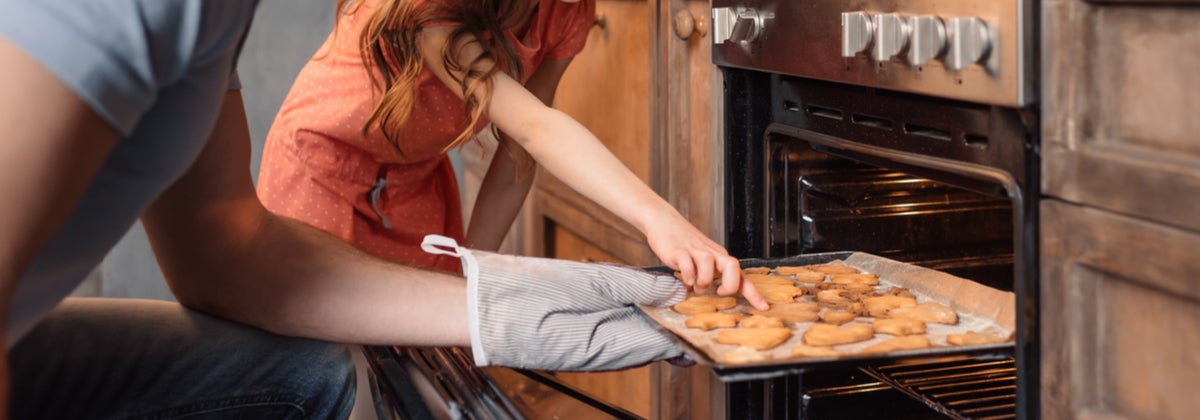
Even if you’re fairly new to cooking, you should still know that there isn’t just one standard type oven. Like heat pumps or washing machines, there are multiple different types of models. Below we run through the different types of ovens:
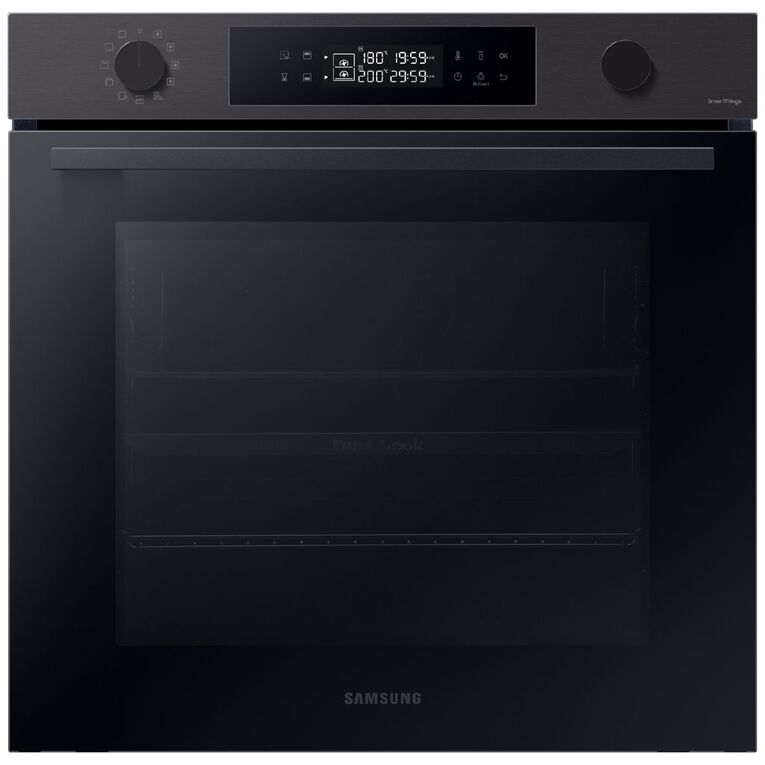 Built-in ovens
Built-in ovens
Also known as wall ovens, built-in ovens are the most common type of oven. They are fitted either in a wall space or under a bench. Wall ovens give you a large degree of flexibility when it comes to your kitchen’s layout.
They come in a wide variety of makes and models, from basic ovens with mechanical controls and few cooking modes, to smart ovens with touch displays, smart cook settings and a host of features.
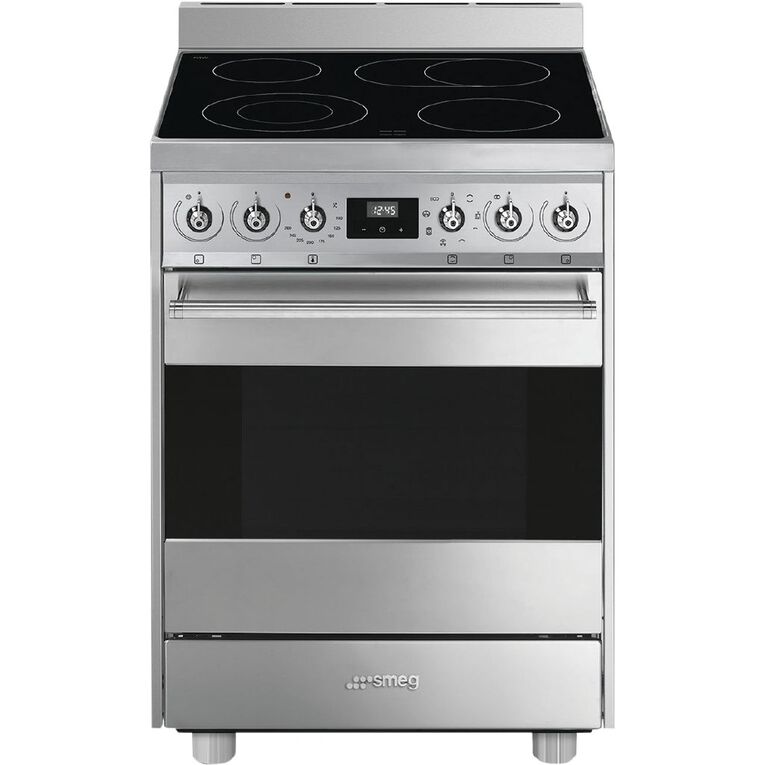
Freestanding ovens
A freestanding cooker is a combination of both an oven and a hob. As they are free-standing, they can’t be installed into a wall unit, so it does limit your layout somewhat. However, these are easier to install, as they can be placed just about anywhere, and can be a good option for small spaces.
When considering a freestanding oven, you need to consider your hobs as much as your oven. Do you want electric, gas or induction? And how many burners/elements do you need?
Toaster ovens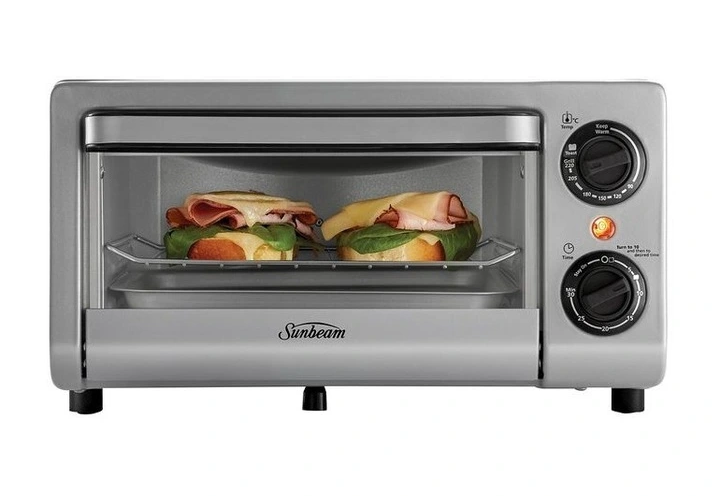
As the name suggests, a toaster oven is a countertop appliance that can grill bread as well as bake food. They are much cheaper to buy than a large conventional oven, and simple to set up, but generally do not offer the same bake quality as their larger counterparts. Because of their size, the amount of food you can cook is also limited.
Bench-top convection ovens
Bench-top ovens are similar to toaster ovens, but rather than letting hot air circulate naturally, convection ovens use internal fans, like those found in most freestanding and wall ovens, to distribute the hot air evenly to create a constant temperature. They are more expensive than toaster ovens, but can cook faster, at lower temperatures and deliver better results.
Microwave ovens
Technically, your microwave is a form of oven, and they are great for heating food rapidly. However, for the most part, they are sub-par when it comes to all-round cooking, as they can’t brown or crisp food and don’t cook evenly – hence the rotating table! However, it’s common to find smaller ovens that also have a microwave oven function, which can be ideal for small kitchens.
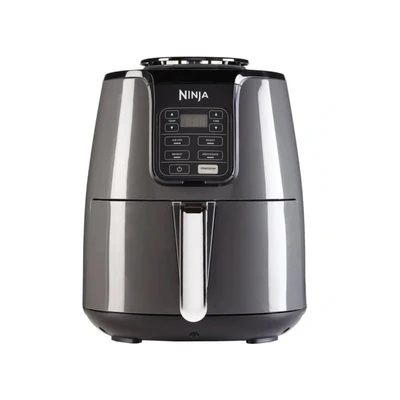 Air Fryers
Air Fryers
Air fryers have been hugely popular over the past few years. But despite the fancy name, an air fryer is essentially a small convection oven. By making the cooking area smaller, and by placing the heating element and fan directly on top, you can get crispy food that cooks quickly.
Compare air fryers with Canstar Blue here!
Self-cleaning ovens
You can’t go wrong with an oven that cleans itself, and there are two types of self-cleaning ovens:
- Pyrolytic ovens – feature a self-cleaning mode that heats the oven to temperatures as high as 500°. This reduces food and fat residue to a thin white ash, which you can then wipe away easily.
- Catalytic liners – these are specially developed oven liners that absorb fats and food particles. These are then burned off by running a regular cleaning setting, leaving the oven looking spotless.
Cleaning your oven regularly can greatly improve the quality of the food you make, so having these ovens do that for you can be a big plus.
Gas vs Electric
Similar to cooktops, ovens fall under two main categories of energy sources – gas or electric.
Gas ovens are, on average, quite a bit cheaper to buy than electric ovens of similar quality levels, although they come with some drawbacks. Firstly, you’ll need a gas supply. If you already have gas in your home, then it’s fine; if not, gas installation, either bottled or mains, can be costly.
A common complaint about gas-powered ovens is that they tend to have hotspots and uneven heating. But if a gas oven is compatible with your current kitchen set-up and you’re not too fussy, then it could be the oven type for you.
Electric ovens work using heating elements placed on the walls of the oven. These ovens are the most common variety and tend to have a lot more options for cooking your food at the touch of a button. Electric ovens are the easiest to use, easiest to clean and the easiest to achieve even cooking. They are also available in both convection and conventional varieties, so if an electric oven is what you’re after, there’s plenty of choice to be had.
Overall, most modern ovens are electric, as these lend themselves to better results and more versatility.
 Conventional vs Convection
Conventional vs Convection
Conventional and convection ovens look the same, and can be freestanding or built-in. The difference is that while heat in a conventional oven circulates naturally, a convection oven uses a fan to distribute hot air evenly around the oven cavity.
Most modern ovens are convection ovens and, depending on what you’re cooking, you can switch the oven setting to either fan-bake or conventional bake.
A conventional oven cooking setting is great for cooking slow-baked or simmered meals, such as casseroles, stews and ragus, as well as fatty meats like duck and goose. It’s also great for for baking breads, cakes and puddings.
Fan-forced cooking is very much like air frying, great for producing crispy food or blasting pizzas with intense heat. Plus, due to the even oven temperature, the function works well when cooking a variety of foods on different racks. Keep in mind that compared to a conventional oven setting, when using fan-forced you should reduce cooking temperatures by 20°C.
What other functions and features are there?
Choosing the type of oven you need, is only the first part. You also need to consider what features and functions you are looking for. Some things you may want to consider are:
- Cook settings – Bake and grill are fine for some, while others may want more choice. Many modern ovens have well over 10 cook functions, and some include specialist modes, such a pizza
- Timers and delayed start – Most ovens come with some form of timer, but modern ovens may be able to set a delayed start, or notify you (or even turn off) once the oven or food reaches the desired temperature
- Smart capability – Like most appliances, ovens have gone smart. Smart ovens allow you to control and monitor them from your smart device
- Split ovens and warming trays – If you’re big into cooking, you may want a double oven to cook more food at once. Other options include separate compartments for grilling and warming trays. These are handy for cooking multiple dishes that need different temperatures and cooking methods.
Discover NZ's best-rated ovens!
Energy efficiency
If you cook a meal for an hour, including preheat time, you might expect to spend around $0.60 (depending on what your $/kWh rate is with your power provider). The NZ government’s Smarter Homes guide notes modern conventional ovens are well insulated, but only about 10% to 15% of the energy they use actually cooks the food, the rest is just heating the air inside.
Gas ovens are less efficient than electric ones, as they need higher airflows and often have a glow-bar that runs continuously to reignite the gas flame should it blow out.
Convection or fan ovens use about 20% to 30% less energy than conventional ovens, and you can cook more items at the same time because heat is more uniformly distributed. Self-cleaning ovens are more efficient than standard ovens as they have more insulation.
Overall, a microwave is the most energy-efficient type of oven, as it heats food directly. However, the types of dishes you can use them for are limited.
As ovens are not given an electricity star rating, when purchasing one, it pays to check how many watts of electricity it uses. Do you need a 15,000W oven when a smaller 9000W one is enough for your cooking needs? The larger the oven’s wattage the more electricity it will use, so the bigger your bill will be.
Where electricity use is concerned, it always pays to check whether you’re getting the best deal. If you know you regularly use your oven at certain times of the day, why not swap to a provider that offers a free hour of power each day? Your savings could be considerable. To make choosing the best electricity provider easier, Canstar compares them on value and service.
Canstar Blue’s latest review of NZ power companies compares them on customer satisfaction. The table below is an abridged version of our full results, available here.
^ By clicking on a brand or 'details' button, you will leave Canstar Blue and be taken to either a product provider website or a Canstar Blue NZ brand page. You agree that Canstar Blue NZ’s terms and conditions apply (without limitation) to your use of this service,to any referral to a product provider from our website, and any transaction that follows. Canstar Blue may earn a fee for referrals from its website tables, and from sponsorship (advertising) of certain products. Payment of sponsorship fees does not influence the star rating that Canstar Blue awards to a sponsored product. Fees payable by product providers for referrals and sponsorship may vary between providers, website position, and revenue model. Sponsorship fees may be higher than referral fees. Sponsored products are clearly disclosed as such on website pages. They may appear in a number of areas of the website such as in comparison tables, on hub pages and in articles. Sponsored products may be displayed in a fixed position in a table, regardless of the product’s rating, price or other attributes. The table position of a sponsored product does not indicate any ranking, rating or endorsement by Canstar Blue. See How we are funded for further details.
Canstar Blue NZ Research finalised in April 2023, published in June 2023.
See Our Ratings Methodology
Need a new oven? What should you consider?
Finding the right oven for you isn’t easy. There’s a lot to consider, such as:
Do you need a cooktop?
Do you want an oven and stove all in one, and if so, what do you want on the top? Freestanding ovens can include gas, electric, or induction cooktops so if you want a 2-in-1 unit you’ll need to consider which cooktop is best for you as well.
Size
Is a standard oven enough, or would you prefer a double oven or an extra-wide single oven? Bear in mind that larger ovens have bigger, heavier trays that can be harder to take out and clean.
At the other end of the spectrum, a small oven won’t accommodate larger trays and, if you’re cooking a roast for the whole family, you could end up having to cut back on the sides and trimmings!
Your space
A standard single oven can easily go under a cooktop or in a wall unit. Double ovens or extra-wide single ovens are more restrictive as to where they can go. Do you have the space in your kitchen to accommodate them?
Functions and features
Are you happy to just chuck your oven on fan bake and be done with it? Or are you a budding home cook that wants precise control and all the bells and whistles? This could include accurate cooking functions for perfect cooks, or smart features such as pyrolytic self-cleaning or wi-fi connectivity.
Price
It’s important to stick within a reasonable budget. But that budget shouldn’t just be set by your available funds.
If you use your cooktop more than your oven, or you’re just not into cooking at all, there’s no point going overboard and getting a top-of-the-line model just because you can afford to. Also, there’s no point saving a few dollars if you plan to use your oven religiously.
Ovens are a big investment and aren’t something you can change easily (or at least cheaply). So you should choose wisely.
Design
It’s not all about performance. Your oven also needs to look good and fit into the wider scheme or look of your kitchen. An oven’s interior design should also be considered, as it impacts its ease of cleaning.
Everything else
When choosing an oven, there are plenty of little things to consider that can be easily overlooked:
- Are the controls easy to understand and use?
- Is the window clear and easy to view through?
- Is the door sturdy, and does it stay open in any position without moving?
- Can the light be replaced easily?
- Are the elements set into the oven and/or have a shield to prevent them from getting damaged or dirty?
- Do the trays and racks slide in and out easily and smoothly?
- Does the oven door/window stay cool, and is there a child lock?
Discover NZ's best-rated ovens!

About the author of this page
This report was written by Canstar Content Producer, Andrew Broadley. Andrew is an experienced writer with a wide range of industry experience. Starting out, he cut his teeth working as a writer for print and online magazines, and he has worked in both journalism and editorial roles. His content has covered lifestyle and culture, marketing and, more recently, finance for Canstar.
Enjoy reading this article?
You can like us on Facebook and get social, or sign up to receive more news like this straight to your inbox.
By subscribing you agree to the Canstar Privacy Policy


Share this article